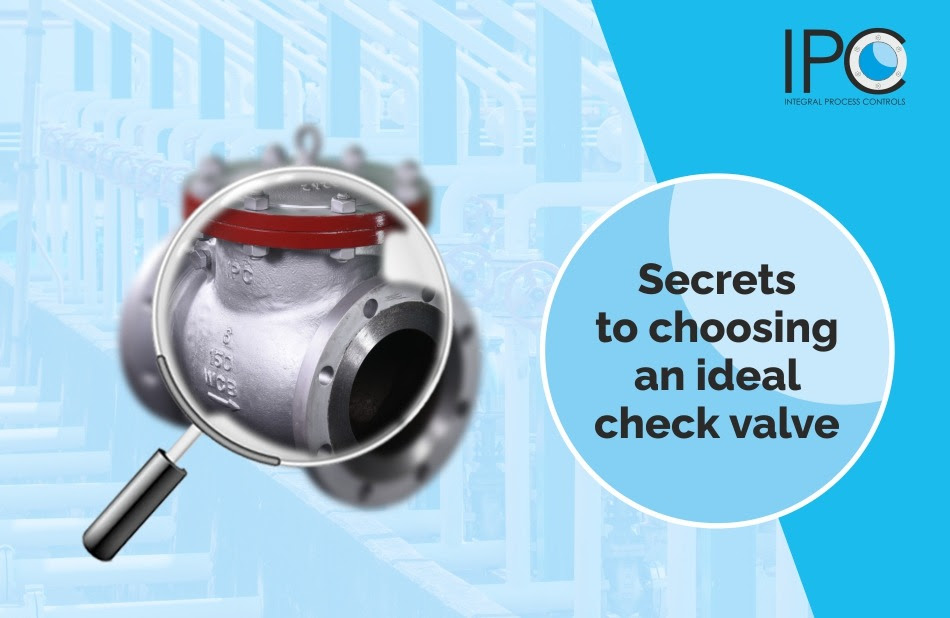Check valves, also known as one-way directional valves, serve as automatic safety measures, allowing the unidirectional flow of gases and liquids. These valves are frequently employed to safeguard pumps in fluid systems and compressors in gas applications. They play a crucial role in preventing backflow, which could potentially disrupt the operation of pumps or compressors. Here are the essential in for selecting the check valves.
Check valves – proper selection is the secret to performance
What would you say to a person who is trying get the hens back into their coop with a stick? He should be using a food or treats instead! The stick is not the problem. In fact, it may appear to do the job…but not exactly in the smartest way. And that’s the problem. The use of stick is misinterpreted. Wondering why bring this up here? Well, that’s somewhat true when it comes to check valves too. check valves should be selected based on the parameters available in the system.
Check valves selection concerns
Check valves usually generate a lot of concern from plant maintenance and users. The first complaint is often that ‘they don’t work’. It is not uncommon for the technicians to open and modify internal components of the check valve for their needs. Overall, the popularity of check valves is often challenged on multiple levels. The doubts and skepticism is a misinterpretation in many ways. When selected with due process Check valves are very effective.
So, here are some secrets to select the proper check valves:
-
Proper check valve sizing is half the job done right:
An ideal check valve should be sized for the specific application, not just for the line size. This is probably the most common mistake in selection of check valves. The selection should be such that the valve disc should be stable in the open position during flow or fully closed during no flow to prevent chattering and premature failure. -
Flow sensitivity of check valve – the make or break factor:
Check valves are flow-sensitive, and the valve must be fully open to prevent premature wear and failure. Insufficient flow and pressure can cause the valve to partially open, leading to increased pressure drop and decreased effectiveness. If not considered in initial stages, over the long term, the check valve is bound for premature failure, complete damage or erroneous functioning. -
Check valve durability of components:
A check valve should be durable to prevent component failure and to ensure long-lasting service. A component failure can result in the valve not performing its function, which in the case of a check valve is to prevent reverse flow. Often, the scrutiny of components is not done to the required details – the use of materials, compliance to standards, allowances required for use over the long term, compatibility with the material and environment conditions must be carefully considered before selecting the check valve. -
Pressure drop – the check valve critical factor you cannot drop:
Pressure drop is an essential consideration when selecting a check valve. If the flow is not sufficient to achieve full opening, the pressure drop will be higher than calculated, leading to chattering of the disc and eventual failure. This is also the most common cause of concern for plant personnel. The chattering sound is invariably misinterpreted as the problem in quality of the valve. But, in fact, it is the first sign of wrong selection.
While there are several other factors that influence the functioning and performance of check valves, the ones mentioned above are the first to look at among the others.

